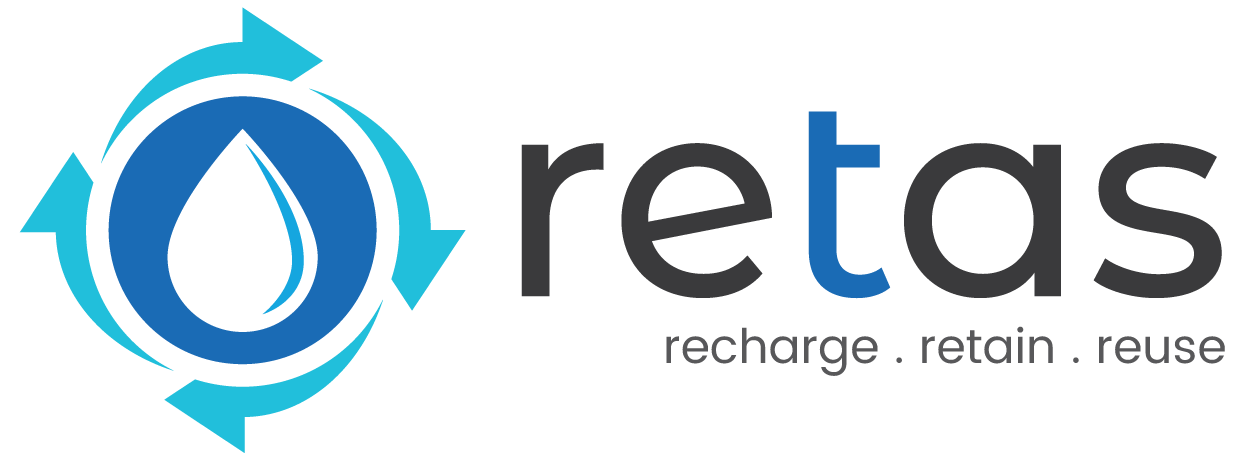Modular Rainwater Harvesting System for Agriculture
Have you heard about sustainable farming? In the world of healthier living, we can maintain the environmental balance by shifting towards eco-conscious farming. It’s not a choice anymore - it’s a necessity. One impactful step toward this goal is implementing modular rainwater harvesting systems. These systems make use of rainwater that often goes to waste, helping farmers irrigate their crops without depleting precious groundwater reserves.
According to the FiBL Survey 2021, over 3.1 million farmers around the globe practice organic agriculture across 72.3 million hectares in 187 countries. Impressively, India ranks sixth globally, contributing nearly 30% of the world’s total organic producers.
This growing movement reflects a global shift towards sustainability, self-reliance, and long-term food security.
Modular Rainwater Harvesting Systems
The more innovative approach to rainwater harvesting is the development of modular systems. Through modular technology, we can develop more flexible and scalable harvesting systems.
At Retas, we scrutinize the demand for water and space availability to interconnect storage modules in modular systems. Before designing the system, it is crucial to analyse the requirements so we can use the technology accordingly. With advanced filtration technology, we offer enhanced quality of harvested rainwater and make it suitable for different purposes.
Steps to Implement a Rainwater Collection System
There are various critical steps involved in implementing a rainwater collection system. From initial planning to installation and ongoing maintenance, every step ensures the system’s efficiency, longevity, and safety.
Step 1: Planning & Designing
The predominant step for developing the rainwater harvesting system for agriculture is to conduct thorough planning. At this step, we examine the need and capacity to design the system accordingly. Our team of engineers calculate the catchment area, estimates the average rainfall, and finds out the capacity of the storage based on usage needs.
We also check the following key points while designing the system:
- Climatic conditions and weather patterns.
- Suitable materials for the catchment surface, gutters, and storage tanks for durability and water safety.
- Suitable filtration and purification systems based on the intended use.
Installation Process
After finalising the design, we move to the next step that is installation. If possible, we make the existing rooftop as a catchment area and modify or install gutters and downspouts to channel water into the storage system.
We ensure these components are aligned and secured correctly to avoid any leakage and blockages. We place storage tanks above or below ground for usage, maintenance, and safety.
While installing a filtration and purification system, we pay utmost attention to ensuring the water meets the required standards.
Effectively Managed Maintenance
We design our system for low maintenance and ensure the long-term success of modular rainwater harvesting. Under maintenance, we clean the catchment area and gutters in order to remove debris.
We inspect storage tanks for cracks, leaks or algae growth.
Routine inspections for filtration and purification systems are also required to keep them functioning effectively.
Over the last decade, we have installed over 1,000 modular rainwater harvesting systems and the results were excellent. From increased crop yields to eliminating water scarcity, our customers have experienced the true power of harvesting by installing the systems.



